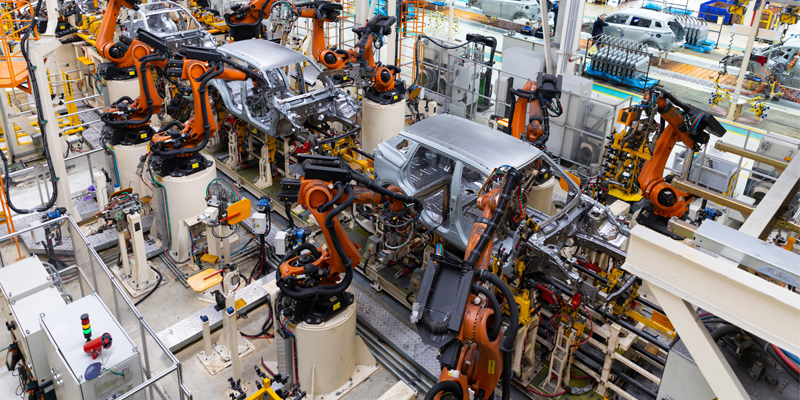Schedule a Call Back
Non-lethal weapons: Novel tools for peacekeeping missions
 Technical Articles
Technical Articles- Jan 01,19

- The use of NLWs is less likely to provoke bystanders/onlookers and as a result, bystanders/onlookers are less likely to be sympathetic towards persons who defy peacekeeping forces.
- The use of NLWs forces adversaries to show their intentions. Mostly, onlookers/bystanders simply run away the moment they come to know about the use of NLWs.
- Another advantage of NLWs is that they provide an alternate to lethal weapons.
- NLWs may be used in conjunction with lethal weapons to enhance their effectiveness.
- NLWs are useful during military operations in urban areas where adversaries have an opportunity to blend/mix with civilian population.
- The use of NLWs is more humane and allows commanders of forces (peacekeeping) with more flexibility and freedom of action.
- All peacekeeping operations are controversial. However, the use of NLWs is less likely to raise any public outcry.
Related Stories
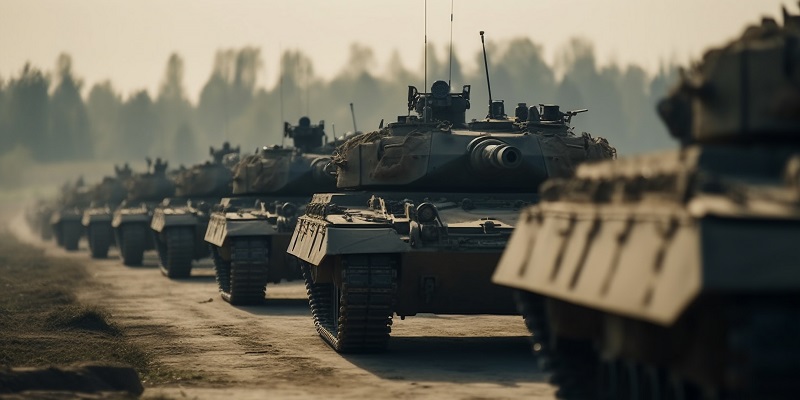
TDF schemes to encourage 'Aatmanirbharta' in public & private defence industries
So far, 77 projects have been sanctioned to various industries, with a commitment of over Rs 3 billion.
Read more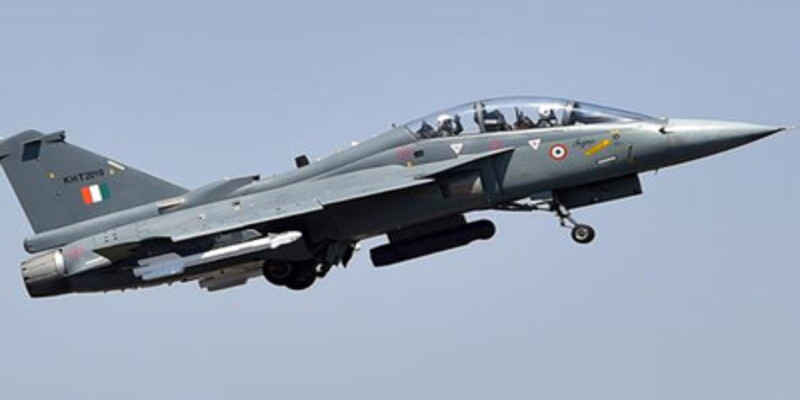
GE's fighter jet engine deal with India advances smoothly
GE also expresses eagerness to contribute to the development of next-generation engines for India's Advanced Multirole Combat Aircraft (AMCA) and believes it holds a technological advantage over com..
Read more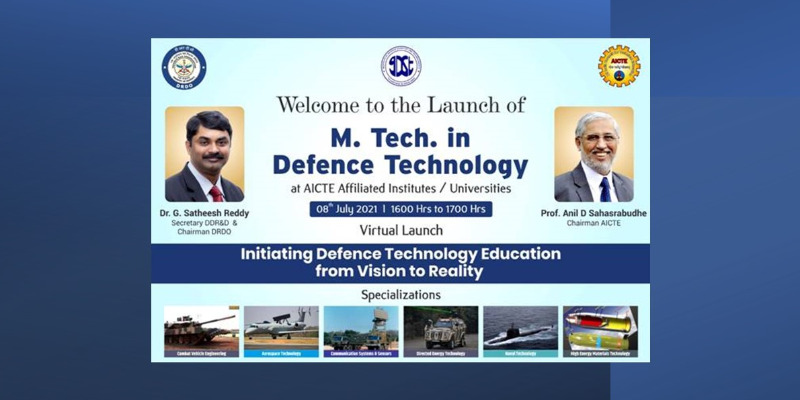
DRDO & AICTE unveils M Tech. programme in defence technology
The students will also be provided opportunities to conduct their main thesis work in DRDO laboratories, defence PSUs & industries.
Read moreRelated Products
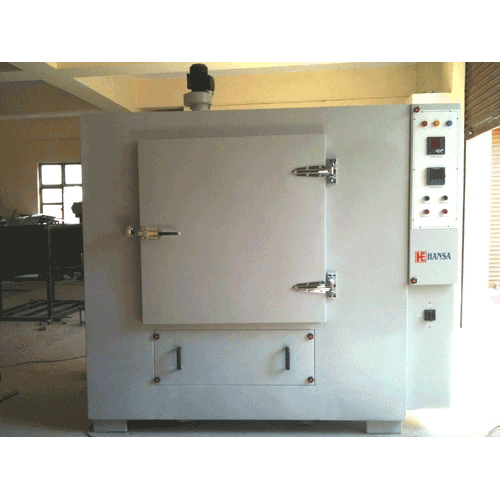
Heavy Industrial Ovens
Hansa Enterprises offers a wide range of heavy industrial ovens.
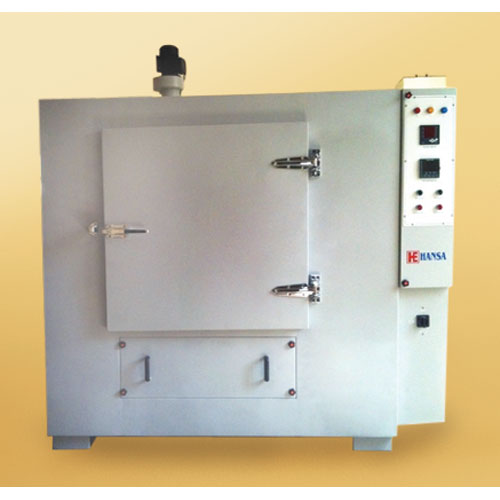
High Quality Industrial Ovens
Hansa Enterprises offers a wide range of high quality industrial ovens. Read more
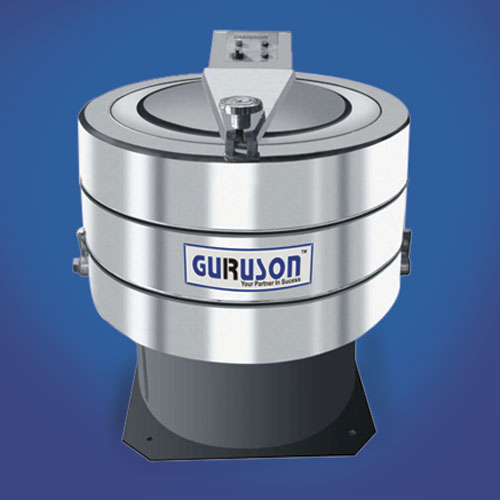
Hydro Extractor
Guruson International offers a wide range of cone hydro extractor. Read more







